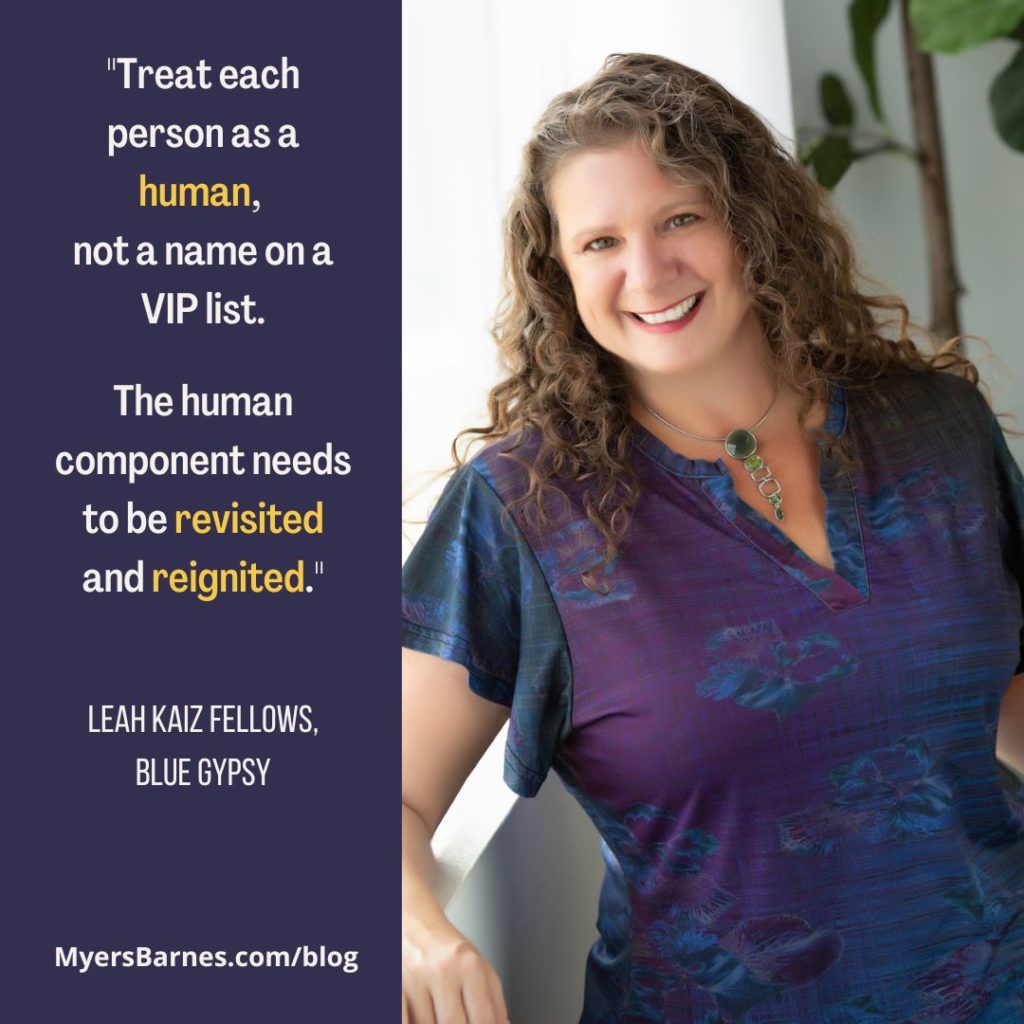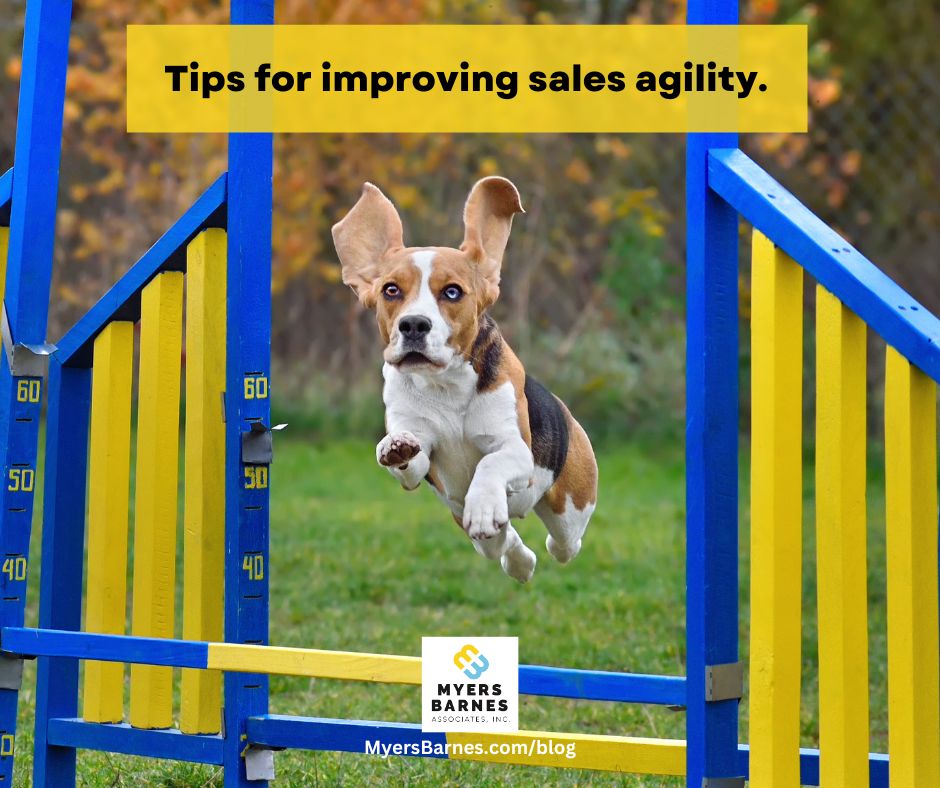 Leah Kaiz Fellows, founder and president of Blue Gypsy Inc, spent 7 years as an OSC. Now she specializes in hiring and training online sales counselors, and helping builders create or improve their online sales programs. We caught up recently to talk about the disconnect between OSCs and onsite sales agents. Both sides of the sales equation need education, but you also need to link your training. Are your OSC and onsite sales trainers in sync? Here’s what Leah offered about various topics bugging us both!
Leah Kaiz Fellows, founder and president of Blue Gypsy Inc, spent 7 years as an OSC. Now she specializes in hiring and training online sales counselors, and helping builders create or improve their online sales programs. We caught up recently to talk about the disconnect between OSCs and onsite sales agents. Both sides of the sales equation need education, but you also need to link your training. Are your OSC and onsite sales trainers in sync? Here’s what Leah offered about various topics bugging us both!
Dealing with the shift in the housing market
MB: The headwinds have changed. Is it drastic? Depends on whom you’re listening to. New home professionals can get a false sense of security in certain markets, like what we’ve had for the past two years. The market is definitely in correction mode, and it’s going to keep correcting.
LKF: Yes, it’s a reset, more than a slowdown. The market is resetting to normal levels. The traffic is lessening—becoming more manageable. A lot of OSCs were drinking through the fire hose for so long. Now they feel like they can build those relationships again.
In some cases, OSCs are still in this weird limbo where they want to set appointments but there’s nothing to sell. Either their companies are throttling sales or they are waiting for communities to open. Leadership is stressing out because they’re seeing this slowdown of leads, but they don’t have anything to sell!
MB: Traffic is diminishing. Going forward, how do OSCs need to handle their leads?
LKF: They need to get back to doing more long-term follow-up that fell by the wayside. But they also need to comb through their interest lists. People who have been sitting there for a year are probably gone. A lot of people have fallen out of the homebuying market. It’s important to identify the people who are interested and give them the attention they need, even if they have longer lead times for purchase.
MB: Sixteen million people now don’t qualify for the mortgage they want.
LKF: Some people can still afford it. I’m teaching OSCs to set proper expectations and recalibrate the HGTV mentality of “I want it all in my house” so they get away from their high-end expectations that they can no longer afford. I tell OSCs to identify their buyers’ must-haves, needs, and wants, and to know the difference. They can save some of those wants for later.
Master the CRM
MB: New home sales professionals are notoriously deficient with follow-up. I don’t understand how it can be missed when they have a CRM.
LKF: Whether they use the CRM or not is another question. That’s where the breakdown is. We teach OSCs to be experts in CRM but agents don’t always want to use it. They may be doing follow up, but if it isn’t in the CRM, it didn’t happen.
MB: Once the agent gets the lead, they should use the CRM. Everyone has access and can check it, which is what it was designed for. But agents were so checked out emotionally and mentally from the onslaught of high traffic that they didn’t utilize the CRM. We had a lot of salespeople who were new to the industry and had never seen this kind of market.
LKF: You had to have the skillset we used from 2008 to 2010—which means really building that rapport and creating a relationship with people, so that you can make those appointments with confidence.
MB: Yes. In a tough market, you go from order-takers to order-makers.
Handing off the leads
MB: We still need to focus on conversion during the hand-off of the leads from the OSC to the onsite sales agent. What’s the relationship here?
LKF: I teach Possession versus Ownership during OSC training. Should the OSC be involved after the lead is handed off? You work together as a team for the conversion. You both have a horse in the race as to whether or not that family converts into a happy homebuyer. You don’t take your eye off the prize just because you handed off the lead. Yes, the possession goes over to the agent, but the ownership is shared.
It’s important for the OSC to follow up with the buyer to see how the appointment went. It’s also important for the OSC to follow up with the agent. Maybe the OSC thought it was a strong lead, but it didn’t convert. If the agent says, “The buyer ghosted me,” the OSC can reach back out to the prospect to get their take on the meeting. We have a much stronger ability to convert to a sale when you don’t rely on the old, linear handoff. I’ve never just set appointments and then moved on. I’ve always been involved with follow-up with the agents and seeing if we need to tag team those appointments later to help with conversion. I teach OSCs to do the same.
MB: The handoff should be a seamless process. The OSC builds a relationship prior to the appointment, with multiple contacts. How do they make this handoff work?
LKF: The OSC can create a better handoff with a video or email that doesn’t just schedule the appointment but introduces the prospective homebuyer to the onsite sales agent. When the site agent confirms the appointment, they don’t leave room for the prospect to opt out. They don’t ask a ton of questions but instead get them excited about the visit, to see and touch the model. As part of OSC training, we push for them to be a strong qualifier, getting a grasp of the time frame, price range, area, want, needs, and desires. Then, hand this information off to the agent.
Who controls the calendar?
MB: There are still customers coming into the model without an appointment. They’ve bypassed the OSC, so we need a process that allows the agents to set appointments separate from OSCs.
As an example, why would an OSC schedule an appointment with a sales agent at 1:30 in the afternoon? That’s when the walk-ins are coming in. Those walk-ins are lost if the agent is tied up with an appointment.
LKF: In the past, we tried time blocking, where only certain time blocks were open for OSCs to set appointments, but that approach doesn’t always work. Prospects want certain times and we don’t want to turn them away from an appointment because they’ve been working with an OSC for days, weeks, or months. This is a be-back and should be treated as a higher value lead than walk-in traffic. If a builder doesn’t have enough coverage to handle OSC appointments and walk-in traffic, then there needs to be more coverage. But an OSC appointment should always take priority over walk-in leads. We already have information on them and thus they are like a be-back.
MB: Customer care dropped because builders are not putting enough agents in the model.
LKF: Sometimes customers are hearing nothing from site agents for days after an appointment and there’s no good follow-up.
One goal, two processes
MB: I see online and onsite sales as two separate processes completely. They don’t mirror and they don’t parallel.
LKF: The walk-in process definitely needs to be different from the process of appointments set by an OSC. That’s always been the case. OSCs set the tone for the buyer experience. They need to nurture every lead. When there’s nothing to sell, they need to create a calming effect. Treat each person as a human, not a name on a VIP list.
MB: Buyers have put up with far less attention than they would receive in a more normal market. Going forward, buyers have to be treated better. If people fell off those lists, it’s because of the lack of service and personal attention.
LKF: I have some builders who are taking deposits just to get on a list. Who is nurturing that list? I guarantee there are people who have been on it for eight months and have heard nothing. The human component needs to be revisited and reignited.
MB: Follow up needs to be done weekly, not weakly.
Leah and I were in full agreement that the OSC training and onsite sales training need to be in sync. The roles of their salespeople are connected, so the trainers need to collaborate with each other. Leah is the OSC expert, so reach out for her expertise in that key area. For sales training for your onsite team, well, let’s talk!


